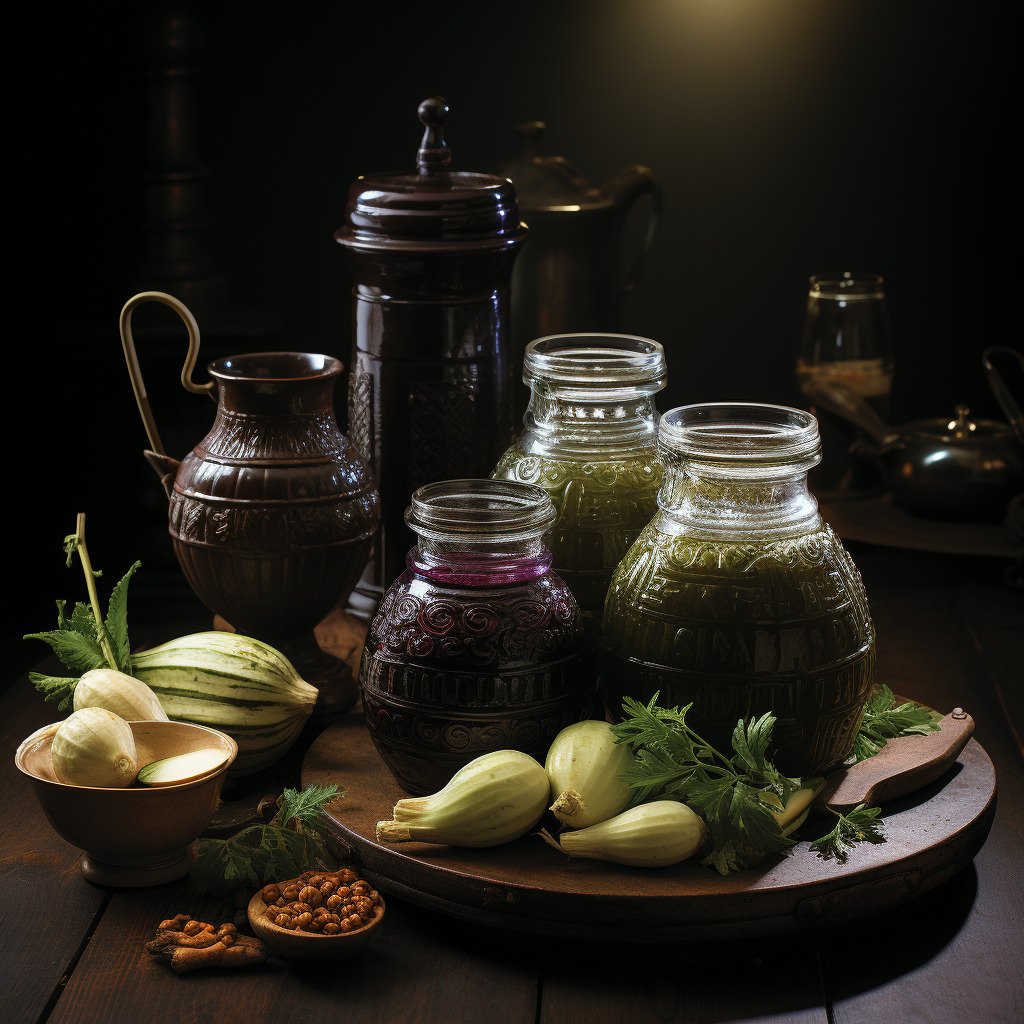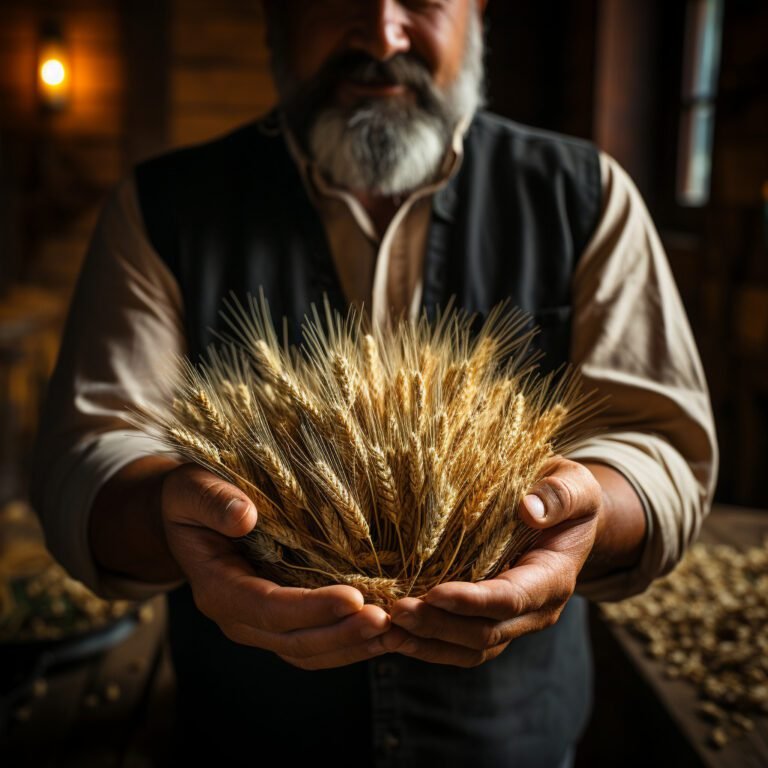The Culinary Art of Fermentation: Rediscovering Ancient Techniques for Modern Palates
The Culinary Art of Fermentation: Rediscovering Ancient Techniques for Modern Palates
Introduction
Fermentation is an age-old culinary technique that has been passed down through generations. In recent years, there has been a resurgence of interest in this ancient practice, as chefs and food enthusiasts rediscover its many benefits and unique flavors. This article explores the art of fermentation, its history, and how it can be adapted to satisfy modern palates.
1. Understanding Fermentation
In its simplest form, fermentation is a natural process that converts carbohydrates into alcohol or organic acids using microorganisms such as bacteria or yeast. This transformative process not only enhances the flavor of food but also increases its nutritional value and shelf life.
Historically, fermentation was used as a means of food preservation, allowing people to store perishable ingredients for extended periods. Today, fermentation has evolved into a creative culinary technique that adds complexity and depth to dishes.
2. Exploring Ancient Techniques
Throughout history, different cultures have developed their own unique fermentation techniques, resulting in a diverse range of fermented foods and beverages. From Korean kimchi to German sauerkraut, each culture has its own traditional recipes and methods.
By understanding these ancient techniques, modern chefs can draw inspiration and explore new possibilities in their own culinary creations. Experimenting with various fermentation processes opens the door to a world of flavors and textures that can elevate any dish.
3. The Benefits of Fermented Foods
Fermented foods not only tantalize our taste buds but also offer a myriad of health benefits. The fermentation process increases the bioavailability of nutrients, making them easier for our bodies to absorb. Additionally, fermented foods are rich in probiotics, which promote a healthy gut microbiome and support our immune system.
Moreover, fermentation can enhance the digestibility of certain ingredients, making them more suitable for individuals with dietary restrictions or sensitivities. This makes fermented foods a valuable addition to any diet, regardless of specific dietary needs.
4. Incorporating Fermentation into Modern Cuisine
With the growing interest in fermentation, chefs and home cooks are finding innovative ways to incorporate these ancient techniques into modern cuisine. Fermented ingredients can be used to create unique sauces, dressings, pickles, and even beverages.
By experimenting with different combinations of fermented ingredients, chefs can develop complex flavors and textures that elevate their dishes to new heights. The versatility of fermentation allows for endless possibilities, providing a platform for culinary creativity and exploration.
Conclusion
The culinary art of fermentation offers a gateway to a world of flavors, textures, and health benefits. By rediscovering ancient techniques and adapting them to modern palates, chefs and food enthusiasts can unlock the true potential of fermentation. Whether it’s experimenting with traditional recipes or creating innovative new dishes, fermentation is a powerful tool that can transform any culinary experience. Embrace the art of fermentation and embark on a journey of culinary exploration like no other.






